| Module 1 | Background |
Unit 1
|
Unit 2
| |||||
|---|---|---|---|---|---|---|---|---|
| Module 2 | Partnerships |
Unit 1
|
Unit 2
|
Unit 3
| ||||
| Module 3 | Proposed indicators |
Unit 1
| ||||||
| Module 4 | School attendance |
Unit 1
|
Unit 2
|
Unit 3
|
Unit 4
| |||
| Module 5 | School disciplinary actions |
Unit 1
|
Unit 2
|
Unit 3
| ||||
| Module 6 | School readiness |
Unit 1
|
Unit 2
|
Unit 3
| ||||
| Module 7 | Next steps |
Unit 1
| ||||||
| Module 8 | Appendices |
Unit 1
|
Unit 2
|
Unit 3
|
Unit 4
|
Unit 5
|
Unit 6
|
Unit 7
|
| Module 9 | References |
Unit 1
|


Domains to assess school readiness
What domains can be used to assess school readiness?
State and local measurement of school readiness varies widely, and thus currently available data are not easily compared.45 However, a promising population-based measure developed in Canada and gaining traction across the U.S. and internationally is the Early Development Instrument (EDI).46 Completed by teachers in the second half of kindergarten, the EDI is comprised of 103 items grouped into five domains:
- Physical well-being and sensory motor development, including health status and growth.
- Social and emotional development, including self-regulation, attention, impulse control, capacity to limit aggressive and disruptive behaviors, turn-taking, cooperation, empathy, and the ability to communicate one’s own emotions; identification of feelings facilitates accurate communication of these feelings.
- Approaches to learning, including enthusiasm, curiosity, temperament, culture, and values.
- Language development, including listening, speaking, and vocabulary, as well as literacy skills, including print awareness, story sense, and writing and drawing processes.
- General knowledge and cognition, including early literacy and math skills.

